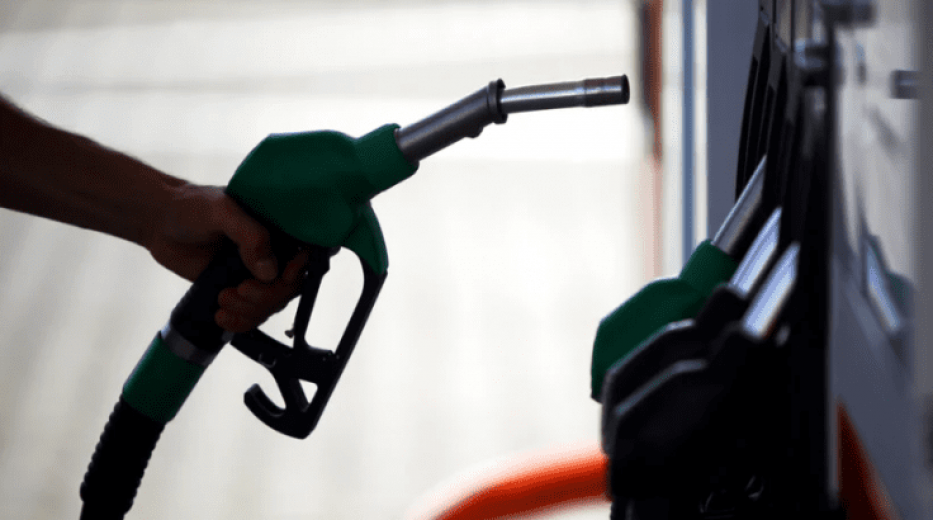Over a nine-week period between mid-October and mid-December 2022, wholesale petrol costs tumbled by 23p per litre yet average pump prices took almost another month to fall by a total of just 18p, after peaking at 166.54p at the end of October.
This was to a large extent influenced by supermarkets not cutting their prices far enough or soon enough – they only reduced their prices by 20p over this period.
Sadly, the situation for drivers of diesel-powered vehicles was far worse. Wholesale prices plummeted by 32p a litre over eight weeks yet average pump prices came down only 20p a litre, after most recently peaking at 190.41p a litre at the end of October.1
Average supermarket diesel pump prices fell by the same amount.
- RAC Fuel Watch – latest petrol and diesel prices
- How to save money as a driver – 50 tips
- How to save fuel – the ultimate guide
The RAC’s data shows that price reductions at forecourts ground to a halt this week due to wholesale prices starting to slowly rise again, bringing retailer margins back to more normal, fairer levels.
The fear now is that retailers waste no time in putting pump prices back up despite there being no justification for doing so.
By not fully reflecting wholesale price drops and keeping pump prices artificially high, retailers make more money out of drivers from every litre they sell. RAC analysis shows that in 2022, the average retailer margin on petrol was 13.5p a litre (supermarkets 10.8p), significantly higher than the 8.7p it was in 2021 (supermarkets 5.8p). The average diesel margin last year was 10.3p (supermarkets 7.5p), up from 8.8p in 2021 (supermarkets 6p). Prior to the pandemic, in 2019 average retailer margins were just 6.5p for petrol and 6.9p for diesel.
RAC fuel spokesman Simon Williams said: “Our data shows that when wholesale prices increase, pump prices tend to rise very soon afterwards. Yet, when wholesale prices fall it takes far longer for forecourt prices to come down. This is the ‘feather’ element of what’s commonly known as ‘rocket and feather’ pricing.
“Wholesale fuel prices plummeted from the middle of October last year, yet supermarkets – which dominate fuel retailing in the UK and as a result buy new supplies very frequently – took weeks to begin cutting prices in a serious way. What’s more, not only were they slow to pass on wholesale price reductions, cutting prices by less than 2p a week over the course of three months, they also didn’t go far enough, especially when it came to reducing the price of diesel on their forecourts.
“This is a galling situation for drivers who are struggling more than ever given the impacts of the wider cost-of-living crisis. The question now is whether retailers start to bump up their prices. This will depend on whether they decide to continue enjoying larger margins or let them return to more normal levels. Certainly, looking at current wholesale costs there is absolutely no justification pump prices to rise. If pump prices do rise in the coming days, this will be further evidence of the biggest retailers taking advantage of motorists.
“We urge the Government to focus on ensuring retailers quickly pass on savings to drivers every time there is significant downward movement in the wholesale price of fuel – not just to ensure drivers aren’t treated unfairly, but also because there is a clear correlation between high fuel prices and higher levels of inflation. As the Competition and Markets Authority is currently looking into retail fuel pricing and has even acknowledged the presence of ‘rocket and feather’ pricing, this is the prime time to take action for the benefit of consumers and businesses.”

Breakdown cover from £5.29 a month for Standard cover*
• Cheaper than AA Price Promise or we’ll beat it by 20%^
• We get to most breakdowns in 60 mins or less
• Our patrols fix 4/5 breakdowns on the spot

1 This follows the record high average price of 191p per litre for petrol in early July 2022 (diesel hit 199p at the same time)









